
A Patchy Galaxy: Unraveling the Flocculent Structure of the Milky Way’s Inner Disk
Balser and Burton use modern hydrogen (H I) data from the HI4PI survey to reexamine the Milky Way’s inner structure. They find no evidence for the clear spiral arms expected in a Grand-design galaxy. Instead, the inner disk shows a disordered, patchy distribution of gas, suggesting that the Milky Way is a flocculent spiral with irregular, loosely connected features rather than majestic, continuous arms.

When Metals Shape the Stars: How Chemical Yields Define Galactic Identities
Jason L. Sanders presents analytic models showing how metallicity-dependent stellar yields explain differences between galactic populations. By treating metal-dependent production as a built-in “delay time,” the models reveal why elements like aluminum trace star formation efficiency and outflows. Comparing predictions with APOGEE data, Sanders demonstrates that such yields naturally separate in-situ and accreted stars, offering a clear, mathematical framework for galactic chemical evolution.

Relics of the First Galactic Core: How the Milky Way’s Oldest Stars Reveal Its Fiery Beginnings
Sun et al. map over five million metal-poor stars to uncover the Milky Way’s earliest structure. Using both observations and simulations, they find that the Galaxy’s oldest stars likely formed during high-redshift gas “compaction” bursts over 12 billion years ago. These events created a dense, non-rotating core, the proto-Galaxy, that later evolved into the Milky Way’s central bulge and thick disk.

Uncovering Hidden Galactic Streams with Metallicity Fingerprints
The study by Kim et al. introduces a new way to identify Milky Way halo substructures by combining metallicity distribution functions with orbital data. They find four main retrograde groups (LRS 1–4) and uncover a new one, LRS 2B, highlighting the galaxy’s complex merger history. Their method shows how chemistry and dynamics together can reveal hidden stellar streams and their origins.
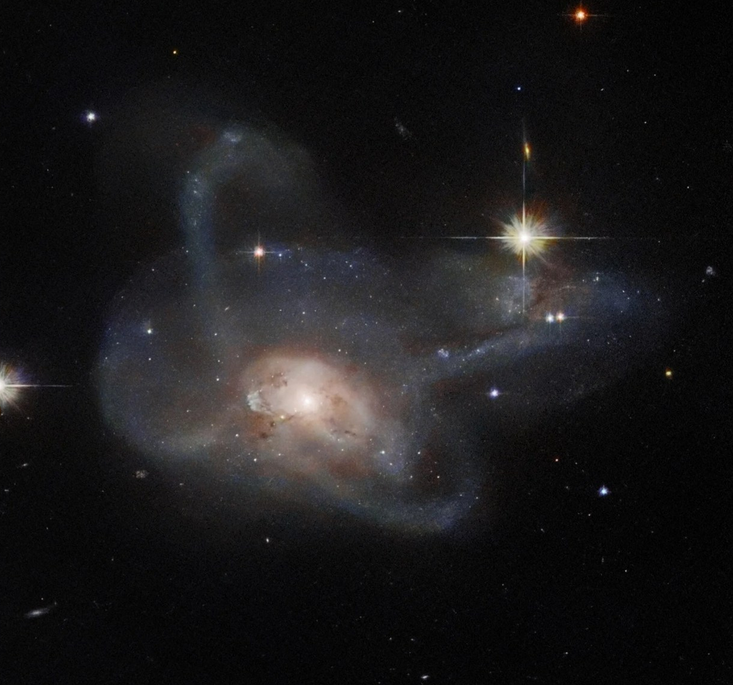
Survivors and Zombies: How the Milky Way Built Its Satellite Family
Pathak and collaborators use high-resolution simulations to study why some dwarf galaxies around the Milky Way survive while others are destroyed. They find that survival depends on mass, time of infall, and orbit: massive satellites usually disrupt before quenching, while tiny ultra-faint dwarfs quench early but endure. Disrupted galaxies often kept forming stars until the moment of destruction, helping to explain the mix of surviving satellites and stellar debris in the Milky Way halo.

Tracing the Galactic Past: How Precession Shapes the Milky Way’s Stellar Streams
Elena Asencio and collaborators studied 91 Milky Way stellar streams to see if their orbits align with the Vast Polar Structure (VPOS). They found no strong alignment overall, but more distant streams showed greater clustering, likely because precession disrupts inner orbits over time. Simulations of a past MW–Andromeda fly-by predict such patterns, suggesting a common origin could be confirmed by finding more distant streams beyond ~150 kpc.
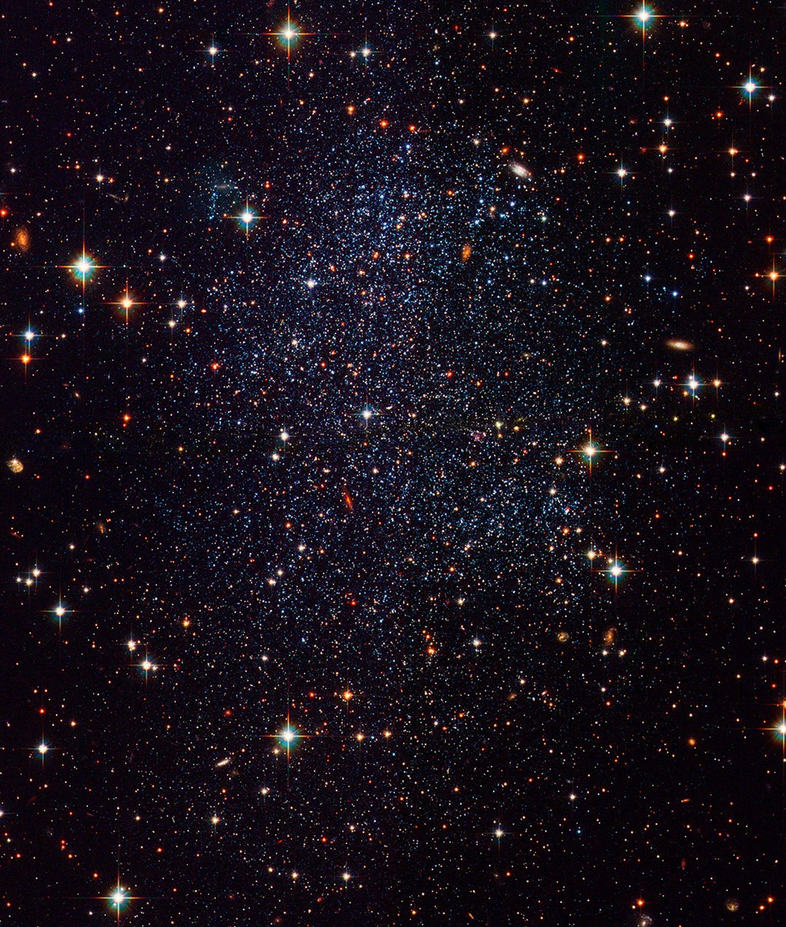
Galactic Encounters: What TNG50 Reveals About the Milky Way’s Dance with Sagittarius
Using the TNG50 simulation, researchers studied galaxy interactions similar to that between the Milky Way and Sagittarius. They found that such encounters rarely disturb the host galaxy’s vertical stellar motions or trigger star formation, unless the galaxy was already unusually cold or inactive. Most Milky Way-like discs were already perturbed, raising questions about how common this disequilibrium is in the universe.
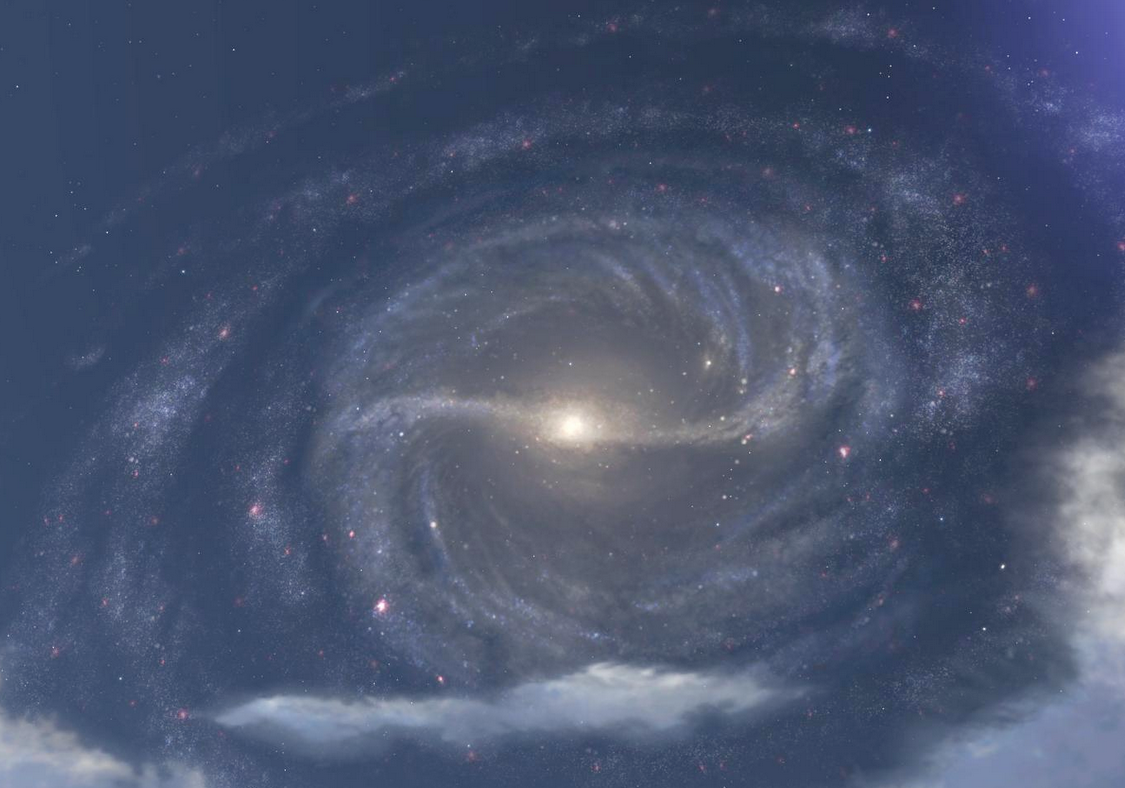
How Did the Milky Way’s Halo Form? Designing the HALO7D-X Survey
The paper presents the HALO7D-X survey, designed to study the Milky Way’s stellar halo by combining Hubble, Gaia, and Keck data. Using simulations, the authors show the survey can distinguish whether the halo formed through many small early mergers or a few large later ones. HALO7D-X will reveal how the Galaxy’s halo assembled over time.
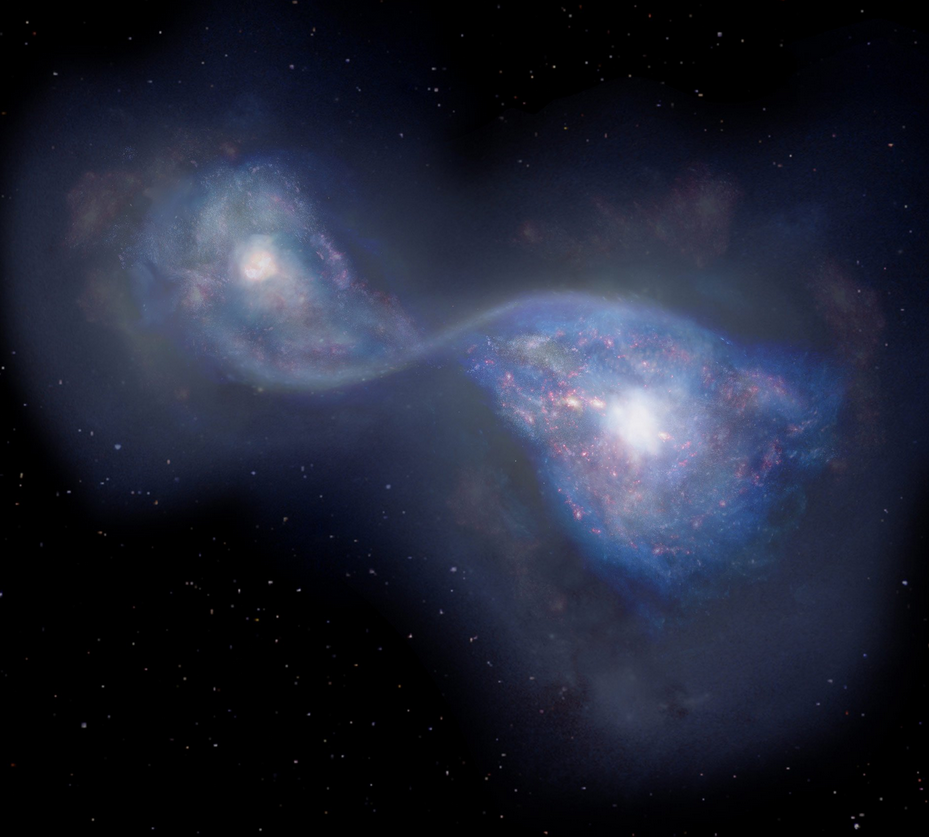
How Galactic Collisions Sculpt the Cosmos: The Impact of Merger Orbits on Galaxy Structure
Wu et al. study how the paths of galaxy mergers affect the resulting structure using simulations. They find that spiral-in orbits tend to preserve disks, while head-on collisions destroy them and build bulges and halos. The hot inner stellar halo grows in nearly all mergers, making it a strong indicator of merger history.
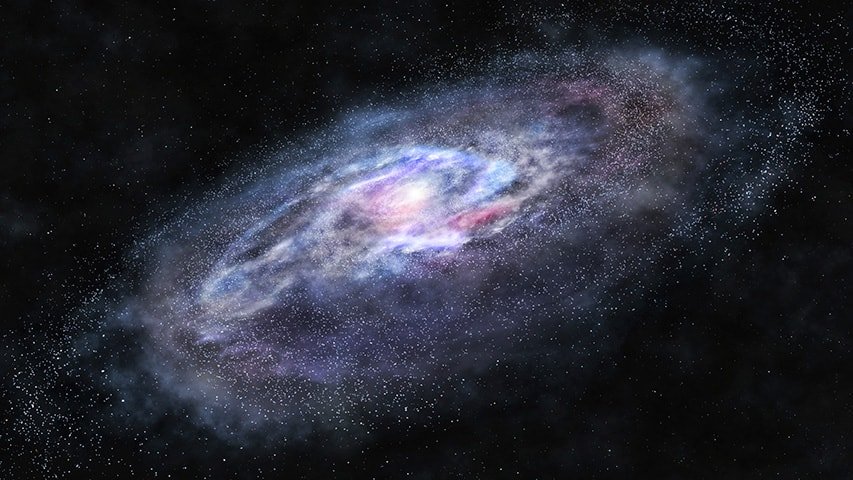
Inside-Out Chemistry: Unveiling the Metal Distribution in Simulated Milky Way-Mass Galaxies
Iza et al. use simulations from the Auriga Project to study how metals are distributed in galaxies like the Milky Way. They find that older, metal-poor stars dominate the halo, while younger, iron-rich stars are found in the disc. The bulge shows intermediate properties, supporting an inside-out galaxy formation scenario.

Stellar Archaeology Disrupted: How the Milky Way’s Bar Smears Out Substructure
This study shows that the Milky Way’s rotating bar disrupts the orbits of stars, dispersing ancient substructures like globular clusters and stellar streams in integral of motion space. Traditional search methods may miss these smeared-out features. Instead, the authors suggest using the Jacobi integral and chemical properties, which better preserve the signatures of disrupted structures.
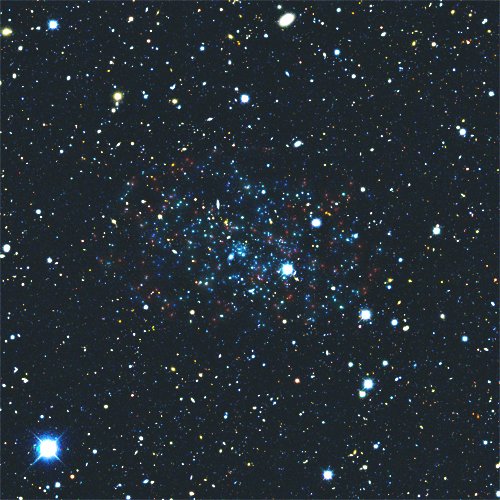
Born to Be Starless: Why Many Mini-Galaxies Never Shine
Jeon et al. use high-resolution simulations to show that many dark matter subhalos never form stars because they are born in low-density regions and can't resist early-universe UV heating during reionization. Common explanations like supernova feedback or environmental effects don’t apply. These subhalos aren’t failed galaxies—they were "born to be starless."

Decoding the Milky Way: How Galactic Discs and Chemical Fingerprints Form in the Cosmos
This study uses simulations of Milky Way-like galaxies to explore the origins of chemical patterns in stars. It finds that variations in star formation rate, not just major mergers like the Gaia-Sausage Enceladus, are key to forming distinct α-sequences. Long-term gas accretion and internal processes also play major roles in shaping galactic chemical structure.

Unveiling Ghostly Traces: Amateur Telescopes Illuminate Hidden Galactic Debris
Martínez-Delgado and collaborators used amateur telescopes to capture deep images of 15 nearby spiral galaxies, revealing faint stellar tidal streams and other signs of past galactic mergers. Their results show that small, accessible telescopes can contribute valuable data to galaxy evolution studies, achieving detection limits comparable to professional observatories.

How Do Galactic Bars Form? A Look at Tidal vs. Internal Growth
This study compares bars in galaxies that form internally versus those triggered by tidal interactions. Simulations show that tidal forces mainly affect when a bar forms, not how fast it grows, except in galaxies resistant to bar formation, where bars grow differently. Bars in naturally unstable galaxies follow the same growth pattern whether triggered externally or not, highlighting the dominance of a galaxy’s internal properties in shaping bar evolution.
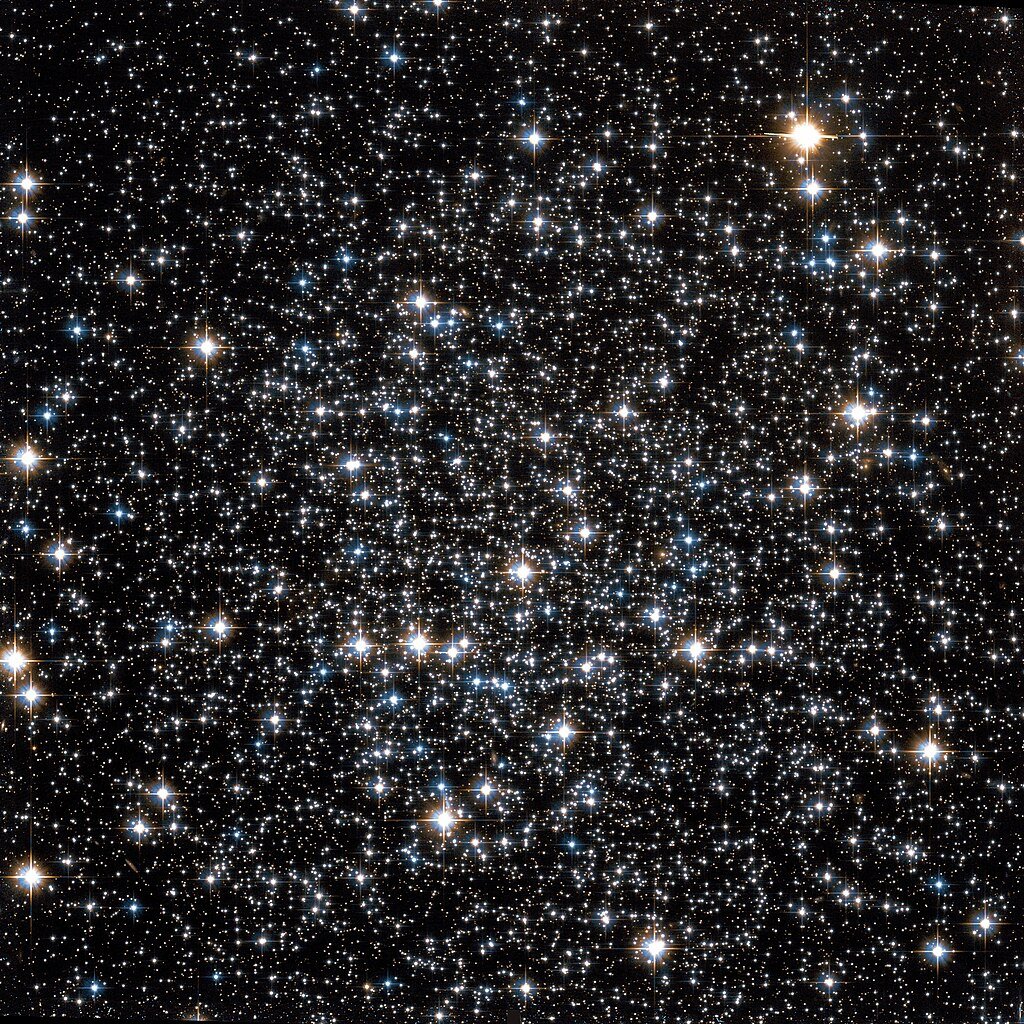
NGC 288: The First "Splashed" Globular Cluster?
NGC 288 appears to be the first known "Splashed" globular cluster—originally formed in the Milky Way but later thrown into a new orbit by the Gaia-Sausage-Enceladus (GSE) merger. Despite its accreted-like motion, its age and chemical composition match in situ clusters, suggesting it was born in the Milky Way. This study highlights how ancient galaxy mergers reshaped the Milky Way's structure, potentially affecting other globular clusters in similar ways.

How Do Bars Affect the Evolution of Disc Galaxies?
Bars in disc galaxies help stabilize their evolution by reducing their dependence on environmental factors. Unbarred galaxies show strong environmental effects on star formation, color, and metallicity, while barred galaxies exhibit weaker variations. Bars likely regulate internal processes, such as gas movement and star formation, making them crucial in galaxy evolution. This study underscores the importance of bars in shaping galactic properties, using data from the MaNGA survey.

Mapping the Chemical Story of Galaxies: Understanding Metallicity Profiles
The study explores how galaxies evolve chemically by analyzing metallicity gradients using the CIELO simulations. It identifies inner and outer breaks in metal distribution, shaped by star formation, gas inflows, and mergers. Stellar feedback plays a key role, sometimes enriching or diluting central regions. The findings highlight the complex interplay of internal and external forces in shaping a galaxy’s chemical history, offering insights into how galaxies grow and change over time.

A Starburst in the Early Milky Way: A New Look at Our Galaxy’s Beginnings
A recent study led by Boquan Chen reveals that the early Milky Way experienced a massive starburst around 13 billion years ago, triggered by a rapid inflow of gas. By analyzing metal-poor stars from Gaia data, researchers found evidence of two distinct stellar populations, suggesting a sharp transition in star formation history. Their findings, supported by galaxy simulations, show that the Milky Way’s formation was not gradual but included bursts of intense star formation, shaping its present structure.

The Role of Galactic Bulges in Shaping Stellar Bars and Box-Peanut Features
Rachel McClure and her team explored how classical bulges impact galactic bars and Boxy/Peanut X-Features (BPX) in disk galaxies. Simulations showed heavier bulges stabilize bars, slow their growth, and lead to steady BPX formation, while galaxies without bulges experience rapid, unstable changes. BPX features form through resonant orbital interactions, with bulges moderating their growth and evolution.
